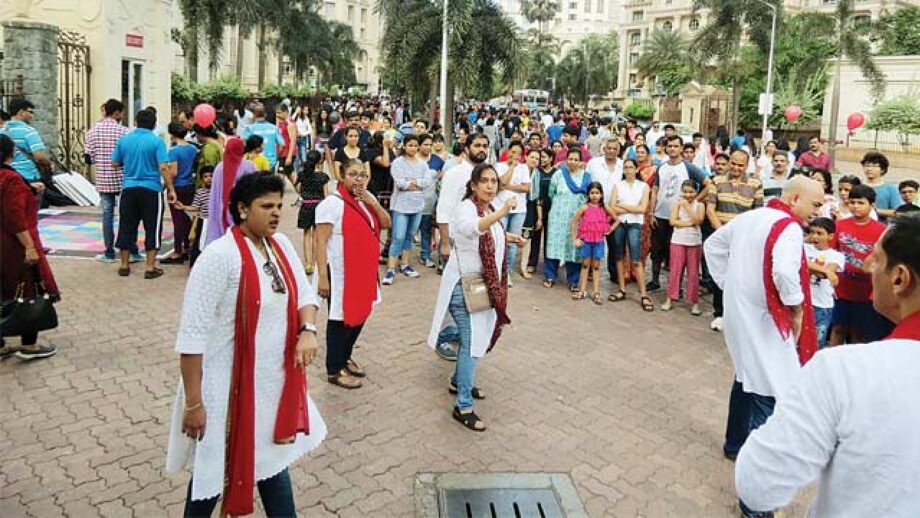The catchy phrases and songs, crisp script, humour and loudness help in making a long-lasting and powerful effect on viewers. Nukad nataks are an important tool in creating awareness, empowering the youth and utilising our right to freedom of speech and expression positively.
Mumbai has a hidden art of street culture which started before independence. In many known locations of Mumbai like Bandra bandstand, marine drive, etc a group of teenagers perform and act based on a specific topic. They sometimes give a satire performance too. On a weekend or a weekday, they gather over a busy street to perform and attract attention. There are three types of street theatre. Outdoor theatre, political stree theatre and popular street theatre. The culture of street theatre in Mumbai started by some informal meetings taking place between the workers of mills and others. They used to perform small acts on how they were treated.
Later this was called the mill worker movement. It then started developing by organising inter chawal drama competition where topics such as poverty were chosen. Topics that normally affected the poor. However, it started to get a political approach to it. The main aim of the plays was to gather the audience and pass on the message to them. Political parties soon adopted this idea and used it to promote their party. These plays later were a part of the festival as an entertainer and also a meaningful message. The most remarkable play was the 1966 Dussehra rally which was organized by the shiv sena. Almost 3 lakh people were present there. These were some of the movements because of which street theatre drama came in the lam light in Mumbai and it still continues its legacy.


